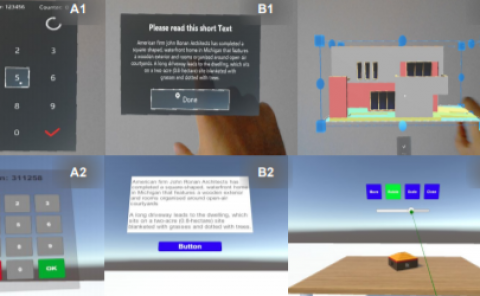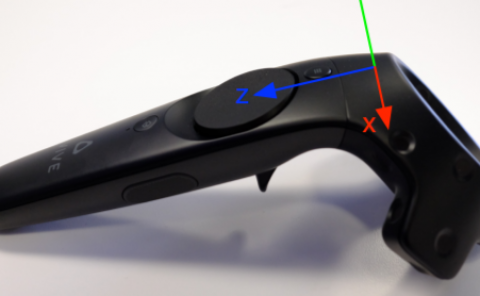Using Emotion Analysis to Define Human Factors of Virtual Reality Wearables
PubDate: Dec 2019
Teams: King Abdulaziz University;Effat University
Writers: Ibtihal Makki;Wadee Alhalabi;Rania Samir Adham
PDF: Using Emotion Analysis to Define Human Factors of Virtual Reality Wearables

Abstract
Virtual Reality (VR) is a rapidly evolving technology which is using widely in different areas of our life. The VR wearable devices manufacturing has been significantly grown those days, the performance and quality have reached an incredible level of improvement. Developing technologies for human use such as VR wearable devices, must taking in the account not only the technical specifications, but also the Human Factors (HF) which involves people and technology must be considered to improve the level of user’s acceptance. There are many approaches to define HF for any product based on user impression about that product such as questionnaires, surveys or interviews, but these methods could be extremely peripheral and poor methods because of unfair questions and answers, respondents truthful and the difficulties on finding users actual emotion. Thus, emotion could be considered as an affective component in the user opinion about a product and then in the human factors.
This paper proposed an adaptive multi-label classification model (HF_EMA) based on supervised learning method, to predict five human factors from users’ tweets (wearability, usability, safety, satisfaction and aesthetics) and to analyze and classify users’ emotion regarding those factors into four emotions (Happy, Sad, Anger and Love). The experimental results proved the validity of the proposed model in predicting and classification process, it was given competitive results in predicting human factors from users tweets and then measure the users’ emotion regarding those factors, with an average of ROC = 1, naïve base classifiers outperform the other classifiers. The results indicated that, the usability factor is the most affected factor on VR wearables following by wearability.


